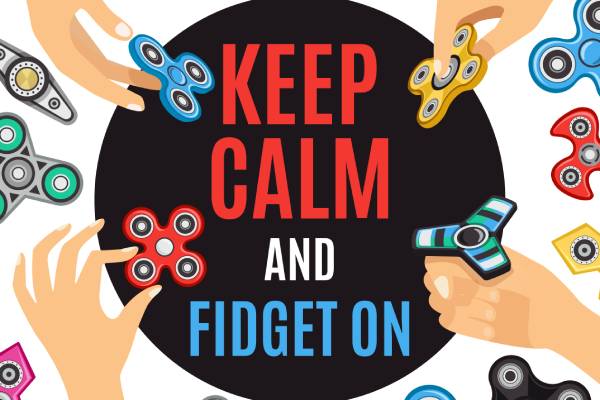This cuddle swing is 4-way stretch fabric (80% polyester, 20% lycra), making it soft to touch, yet durable and long lasting. This means that your child can sit, lay down, and swing in it for hours without the fear of the fabric giving out.
Swaddling gives children a sense of protection and blocks out unnecessary sensory input. This swing is a must for children who have a Sensory Processing Disorder (SPD), Asperger’s Syndrome, ADHD, or those on the autism spectrum. Recommended for ages 3+.
The swinging motion strengthens the vestibular and proprioceptive systems by teaching your child’s brain and body to work together. This sensory integration greatly improves your child’s coordination, balance, body awareness, and concentration.
It also will strengthen head, neck and core muscles which improves physical activities such as walking and running.


Thanks a lot for your advice!